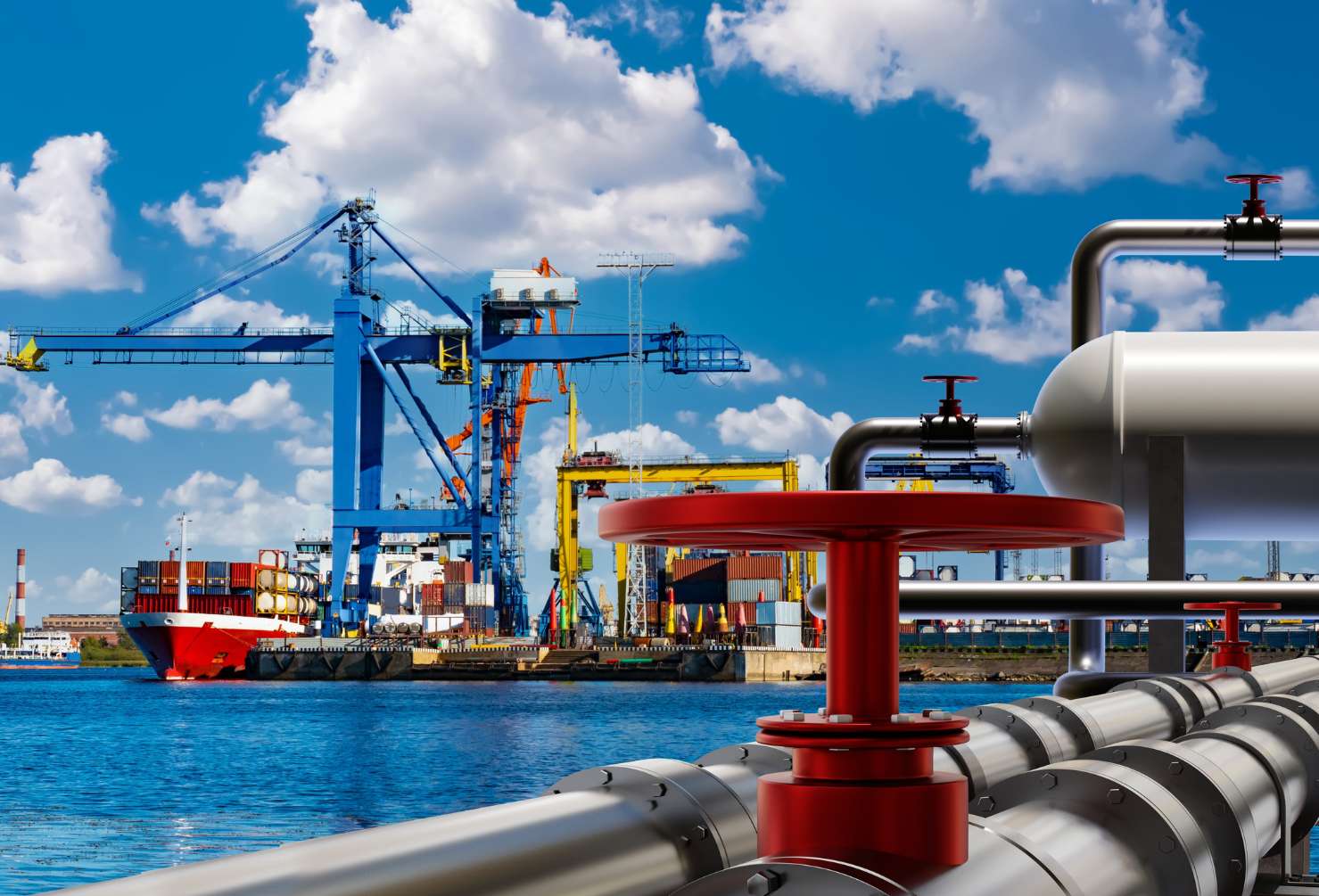
As Australia continues its transition towards a more sustainable and low-carbon energy future, the role of nuclear energy has become a topic of increasing interest and debate. Despite being one of the few developed nations without nuclear power, Australia possesses some of the world’s largest uranium reserves, a critical component for nuclear energy production. With global pressure to reduce greenhouse gas emissions and the need for reliable, low-carbon energy sources, the future of nuclear energy in Australia is being re-examined. This blog explores the opportunities, challenges, and potential pathways for nuclear energy in Australia.
The Case for Nuclear Energy in Australia
1. Reliable and Low-Carbon Energy Source
Nuclear energy is a proven technology that provides a reliable and continuous supply of electricity with minimal greenhouse gas emissions. Unlike renewable energy sources such as wind and solar, which are intermittent and dependent on weather conditions, nuclear power plants can operate continuously, providing a stable and predictable energy output. This makes nuclear energy an attractive option for complementing renewable energy sources and ensuring energy security, particularly as Australia aims to decarbonise its electricity grid.
In the context of climate change, nuclear energy is recognised as one of the most effective ways to reduce carbon emissions while meeting growing energy demands. Countries such as France, Sweden, and Canada have successfully integrated nuclear energy into their energy mix, achieving significant reductions in carbon emissions. For Australia, which is committed to achieving net-zero emissions by 2050, nuclear energy could play a crucial role in the transition to a low-carbon economy.
2. Energy Security and Independence
Australia is rich in natural resources, including uranium, which is a key fuel for nuclear reactors. By developing a domestic nuclear energy industry, Australia could enhance its energy security and reduce its reliance on imported fossil fuels. Additionally, nuclear power could provide a stable and long-term energy supply that is less vulnerable to the price volatility and geopolitical risks associated with oil, gas, and coal markets.
Nuclear energy also has the potential to diversify Australia’s energy portfolio, reducing dependence on a single energy source and enhancing the resilience of the energy system. This diversification is particularly important as Australia faces increasing climate-related risks, such as droughts, heatwaves, and extreme weather events, which can disrupt energy supply and demand.
3. Economic Opportunities and Job Creation
The development of a nuclear energy industry in Australia could bring significant economic benefits, including job creation, investment, and technological innovation. Building and operating nuclear power plants requires a highly skilled workforce, including engineers, scientists, technicians, and project managers. This could create thousands of jobs in construction, operations, and maintenance, as well as opportunities for research and development in advanced nuclear technologies.
In addition to domestic benefits, Australia could also play a role in the global nuclear supply chain. With its abundant uranium reserves, Australia could become a key supplier of nuclear fuel to other countries, supporting international efforts to expand nuclear energy and reduce carbon emissions. This could open up new markets for Australian resources and technology, contributing to economic growth and export diversification.
Challenges and Considerations
While nuclear energy offers several potential benefits, there are also significant challenges and considerations that must be addressed before Australia can pursue this path.
1. Public Perception and Social Acceptance
One of the most significant barriers to the development of nuclear energy in Australia is public perception and social acceptance. Nuclear energy has long been associated with concerns about safety, radioactive waste, and the potential for nuclear accidents, as exemplified by the incidents at Chernobyl, Three Mile Island, and Fukushima. These events have left a lasting impact on public opinion, making nuclear energy a contentious issue.
Building public trust and confidence in nuclear energy will require transparent and effective communication about the risks and benefits of nuclear power, as well as robust safety and regulatory frameworks. It will also be important to engage with local communities, Indigenous groups, and other stakeholders to address their concerns and ensure that the development of nuclear energy is socially responsible and inclusive.
2. Regulatory and Policy Frameworks
Australia currently has a prohibition on nuclear power under the Australian Radiation Protection and Nuclear Safety Act 1998 and the Environment Protection and Biodiversity Conservation Act 1999. For nuclear energy to become a viable option, these legislative barriers would need to be reconsidered, and a comprehensive regulatory framework would need to be established.
Developing a regulatory framework for nuclear energy involves setting stringent safety standards, establishing a robust licensing and oversight process, and ensuring that the management of radioactive waste is safe and environmentally sound. This will require collaboration between federal and state governments, as well as input from international nuclear agencies and experts.
3. Cost and Financing
Nuclear power plants are capital-intensive projects with high upfront costs. The construction of a nuclear power plant can take several years and requires significant investment in infrastructure, technology, and safety measures. Financing these projects can be challenging, particularly in a market where renewable energy sources, such as wind and solar, have become increasingly cost-competitive.
To make nuclear energy economically viable, Australia would need to explore various financing models, including public-private partnerships, government subsidies, and international investment. It would also be important to consider the long-term economic benefits of nuclear energy, including the potential for stable electricity prices, job creation, and export opportunities.
4. Radioactive Waste Management
The management of radioactive waste is a critical issue for any country considering nuclear energy. While nuclear power produces relatively small volumes of waste compared to fossil fuels, the waste it does produce is highly radioactive and requires careful handling and disposal. Australia would need to develop a long-term strategy for the safe storage and disposal of nuclear waste, including the identification of suitable sites for waste repositories and the implementation of advanced waste management technologies.
The issue of radioactive waste is closely linked to public perception and social acceptance. Ensuring that waste management practices are safe, transparent, and environmentally responsible will be essential to gaining public support for nuclear energy.
The Role of Advanced Nuclear Technologies
As Australia considers the future of nuclear energy, advanced nuclear technologies, such as Small Modular Reactors (SMRs) and Generation IV reactors, offer promising solutions to some of the challenges associated with traditional nuclear power.
Small Modular Reactors (SMRs)
SMRs are a new generation of nuclear reactors that are smaller, more flexible, and potentially safer than traditional large-scale reactors. SMRs can be manufactured in factories and assembled on-site, reducing construction times and costs. They are also designed to be inherently safer, with advanced safety features that reduce the risk of accidents.
SMRs could be particularly well-suited to Australia’s energy needs, providing reliable and low-carbon power to remote and off-grid areas, as well as supporting the integration of renewable energy into the grid. By deploying SMRs, Australia could address some of the cost, safety, and scalability challenges associated with traditional nuclear power.
Generation IV Reactors
Generation IV reactors represent the next evolution of nuclear technology, offering improved safety, efficiency, and waste management capabilities. These reactors are designed to operate at higher temperatures, improving thermal efficiency and reducing the volume of waste produced. Some Generation IV designs also have the potential to recycle nuclear waste, further minimising environmental impact.
While Generation IV reactors are still in the development stage, they hold significant promise for the future of nuclear energy. By investing in research and development of these technologies, Australia could position itself at the forefront of the global nuclear industry and contribute to the development of safer, more sustainable nuclear power.
The Path Forward for Nuclear Energy in Australia
The future of nuclear energy in Australia is a complex and multifaceted issue that requires careful consideration of the opportunities, challenges, and potential pathways. While nuclear energy offers a reliable and low-carbon solution to Australia’s energy needs, it also presents significant challenges in terms of public perception, regulatory frameworks, cost, and waste management.
For nuclear energy to become a viable option in Australia, it will be essential to engage in a national dialogue that includes all stakeholders, from government and industry to local communities and the public. This dialogue should be informed by transparent and evidence-based communication about the risks and benefits of nuclear energy, as well as a commitment to safety, environmental protection, and social responsibility.
By exploring advanced nuclear technologies, such as SMRs and Generation IV reactors, Australia can address some of the challenges associated with traditional nuclear power and position itself as a leader in the global energy transition. As the world moves towards a low-carbon future, nuclear energy could play a crucial role in ensuring that Australia meets its energy needs while achieving its climate goals.





